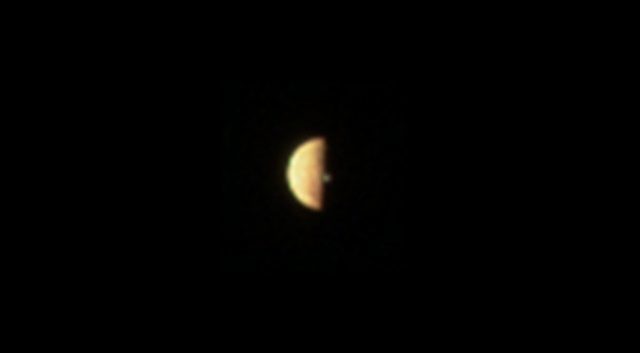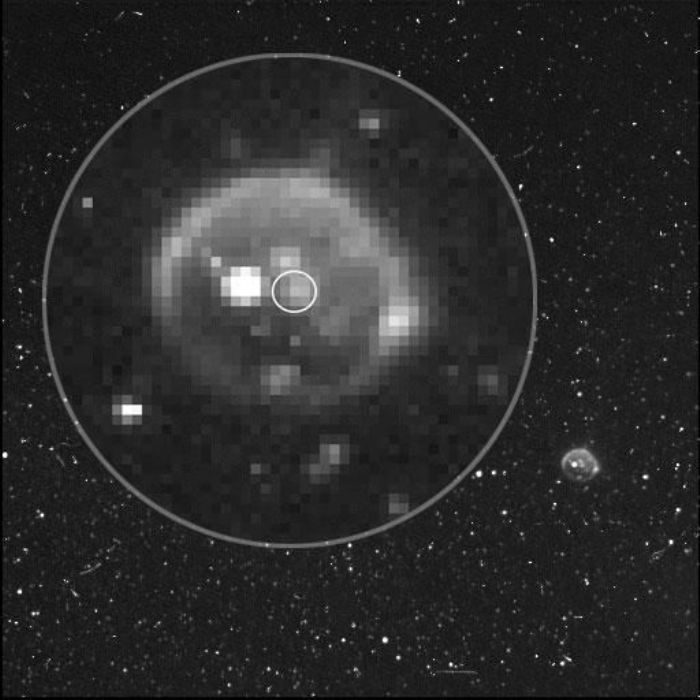OF THE
TIMES
He who learns must suffer, and, even in our sleep, pain that cannot forget falls drop by drop upon the heart, and in our own despair, against our will, comes wisdom to us by the awful grace of God.
As if the 'reset' can be 'humanoid' instigated. 🙈 (We can't even "figure"-out and manage our own santa bellies n over-sized butts 🤪!!) Spirit is...
April kicked the planetball ⚽️ into high gear. We will be astounded even before this year is out. How many make it through 2025🤔
Here is a link to Dr Pierre Kory talking about shedding in a non-technical discussion with Nino Rodriguez. Pierre talks about how his belief...
Be all the gay tranny ones wanting to live their fd up lives in the rainbow unicorn land.
Tues 7th, Wed 8th, Thursday 9th emergency landings, Bowing out? hmmm an aircraft crash was predicted by the ancients coming right up, I'll try to...
To submit an article for publication, see our Submission Guidelines
Reader comments do not necessarily reflect the views of the volunteers, editors, and directors of SOTT.net or the Quantum Future Group.
Some icons on this site were created by: Afterglow, Aha-Soft, AntialiasFactory, artdesigner.lv, Artura, DailyOverview, Everaldo, GraphicsFuel, IconFactory, Iconka, IconShock, Icons-Land, i-love-icons, KDE-look.org, Klukeart, mugenb16, Map Icons Collection, PetshopBoxStudio, VisualPharm, wbeiruti, WebIconset
Powered by PikaJS 🐁 and In·Site
Original content © 2002-2024 by Sott.net/Signs of the Times. See: FAIR USE NOTICE


Reader Comments
to our Newsletter